Cobwebs seem to sit in in a very particular place in different people’s lives. And that place varies.
Even in the lives of the spider-describers, as they explain whose web is whose, species-wise.
Cobwebs is the word generally used for any spiders’ web that isn’t a radial web, like the ‘classic spider web’ of stories and illustration.
That classic spiderweb shape is called an orb web,1 and it’s exact shape indicates both the species of spider who made it, as well as the context that the web was made in (between reeds, or branches, or fenceposts).
For some texts, cobwebs are just prettymuch every other spider web2 - so all the actual cobwebs, the tanglewebs, the net webs, the sheet webs, the funnel webs, and many, many other types of home.
In other texts, ‘cobweb’ means just the webs that the actual cobweb spiders build, as well as those made by the tangleweb spider species. 3
Some sources describe cobwebs as untidy. Some others describe them with words that don’t impose ideas of neat-ness, or pre-suppose what constitutes order, and structure, and appropriate form, for different versions of home.
Because each fresh cobweb is built, meticulously, by their residents - just so. With purpose, and context, and also good hunting, communication, and family-raising in mind.
There’s no spider species that just spurts out some hard won, gradually accumulated and preciously held, protein-filled random spider silk from its spinnerets, in order to just give this ‘ol web thing a go. Chucks it up there. Hope it works.
All spiderwebs are deeply intentional - even the ones that look scrambled, to our simple eyes. They hold hope, determination and meticulous design, learned from untold generations - of exactly how best to make a home and a life, in this place, at this time of year. Just like this. You do it just like this.
And then, yes, there IS the other kind of cobwebs… some cobwebs are the leftover accumulation of seasons of previous residence… all blown together into strands, by the wind and rain. Or by the indoor aircon, depending where they are.
These kinds of cobwebs are entwined seasons of hunting and home, transformed into thick strands that drape the outsides of our house windows.
The windows of this house seem particularly cobwebby, from my memory of other places lived. Might be the location here, on the edge of a village, next to the forest. Might be the fact that I’m no longer renting, so now I notice such things. Either way, there’s lots.
The autumn light filters through these many webs. They accumulate birch seeds - little brown flecks, and the fluffy artichoke seeds, salsify and dandelion seeds, as the autumn winds blow on through.
The Shrike Thrush families - smallish, smooth grey birds with a whopper of a whip-like call who nest in our carport each spring - delight in these types of cobwebs.
These types of cobwebs, the leftovers, the thicker corner-decoration types, contain valuable dinner, at this time of year.
Because many other species of someones get caught in them, especially in the autumn winds, making these window-corners into little protein-filled, insect-rich, cobwebby deposits.
Which means, in turn, that our window-corners are bright with the whip-like calls of the Grey Shrike Thrush… as they flit in to feed on the corners, snapping up all that entangled protein, and flit back to the trees. I love to watch them.
Apothecary learnings, this month:
Spiderwebs are an age-old medicine. It’s likely that many, perhaps every culture, has used them for wound-healing.
Spider web, applied to open wounds, helps with healing. Helps the skin knit back together.4
I love that the word for this process is ‘knit’ - and that the weavings of the spider helps accelerate that knitting.
Spiderweb silk, when used as a wound dressing, serves as a matrix for platelet and fibrin deposition - which are crucial for hemostasis (stopping bleeding) and blood clot formation.
Spider silk is extremely strong, for it’s size, which also helps hold everything together in times of trauma. And then there’s spider silk’s biocompatibility.5 As in, it’s similarity to components of human skin cells.
The spiders, their webs, and us. We are kin, family. Distant family, but still.
Spiderweb is also (nearly) waterproof, which makes it a good wound covering. Though some studies say spider silk is antimicrobial and antifungal, some other studies refute this.
Either way, a waterproof covering, which is similar enough to skin cells to radically promote wound healing for multiple reasons…
…sounds like something to keep in my bag of tricks. Hmm. Good to know.
And, in apothecary adjacent learnings…
Many researchers now consider spiderwebs to be an example of embodied cognition.
Spiders appear to offload cognitive tasks to their webs, making them one of a number of species with a mind that isn’t fully confined within the head… 6
So - a spider’s web is at least an adjustable part of its sensory apparatus, and at most an extension of the spider’s cognitive system.
Spiderwebs also have a grand history of being used by us humans beyond wound healing, for all their particular qualities. Examples I loved include:
Fishing for Needlefish in the Solomon Islands with gathered spiderweb silk, the perfect material for a tricky job.7
Histories of fishnets made of certain spider silks, for catching certain kinds of river fish in Papua.8
Cobweb paintings - layers and layers of cobwebs stretched across a frame, then painted upon, with the result being a luminous, semi-transparent canvas. Perfect for enlightened subjects.9
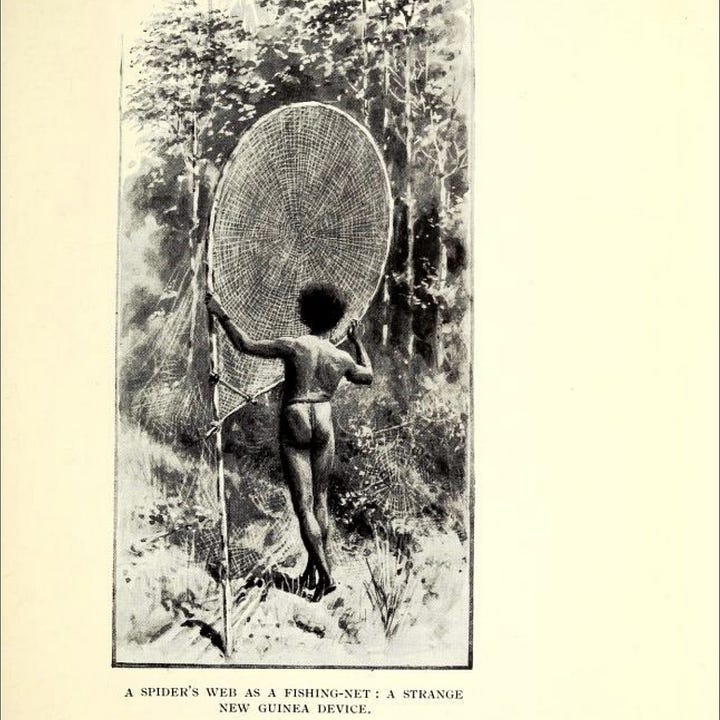
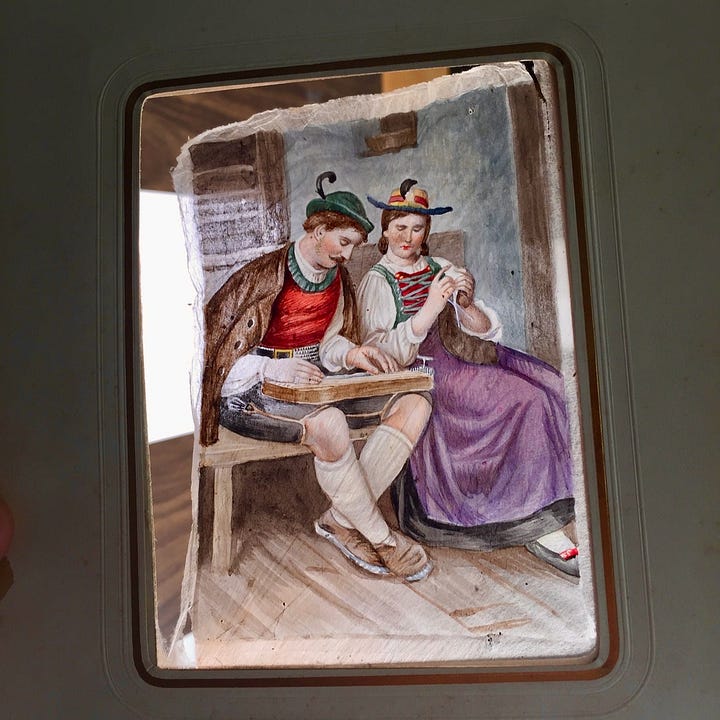
So much else learned, this month of the Cobweb Moon.
I will never see any web as ‘just a cobweb’ ever, ever again.
And then there’s everything I learned about social spiders (yep, the cobwebby ones) chosen family values, and how they order their multi-spider communal lives, selecting new arrivals for compatibility in needed skills, rather than blood relations. Chosen family.10
And then, there’s… the spidergoats. Whose genetically modified milk (thanks to goat-egg-spider-egg-crossover) contain proteins which, when extracted, can be refined into spider silk. For bulletproof vests, and such. And, maybe one day, bullet-proof humans, apparently.11
So much still to learn. If I had a year to spend on cobwebs and spiderwebs, I would do it gladly - even though they do generally contain spiders, who, though I aspire to be totally cool with, send some deep part of me into a panic.
But I’m working with it. And them. And their webs.
It has been a joy.
The prints this month came out of various household cobweb interactions -
Cyanotypes flattened against window glass with cobwebs on the other side, sun shining through.
Cobwebs of the ‘no longer inhabited’ type, from the workshop underneath our house, scooped onto circles of wire and also embroidery hoops, then exposed to the sun ontop of cyanotype. Sometimes containing the skeletons of spider families gone before us.
Milk sprayed onto cobwebs onto glass. Cobwebs that have caught a season within them - dust, seeds, fluff, insect wings.
Wire rounds passed through reeds in a pond, to capture yesterday’s web, or a little of it.
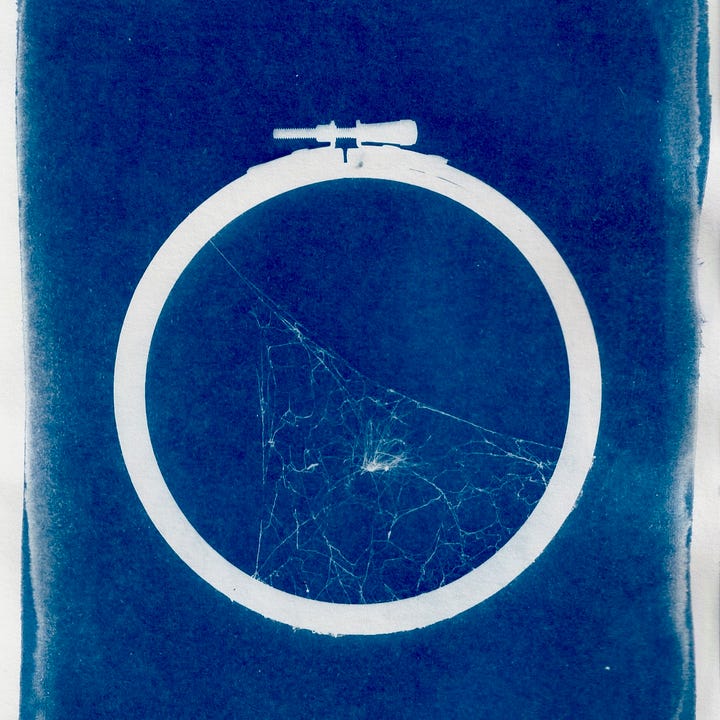
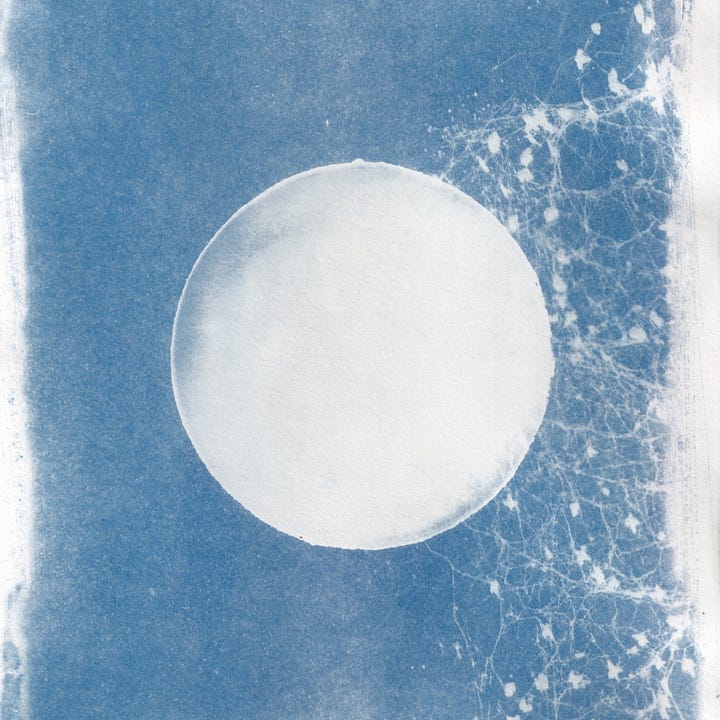
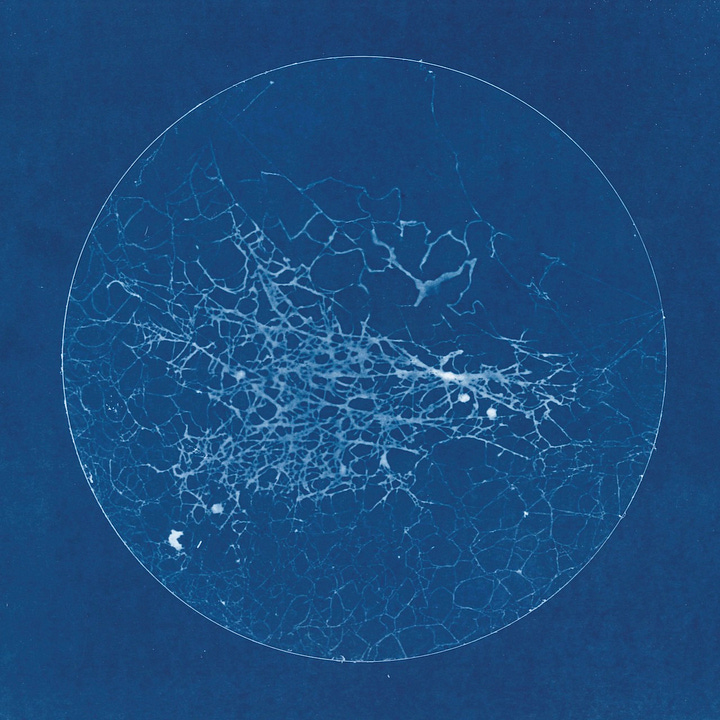
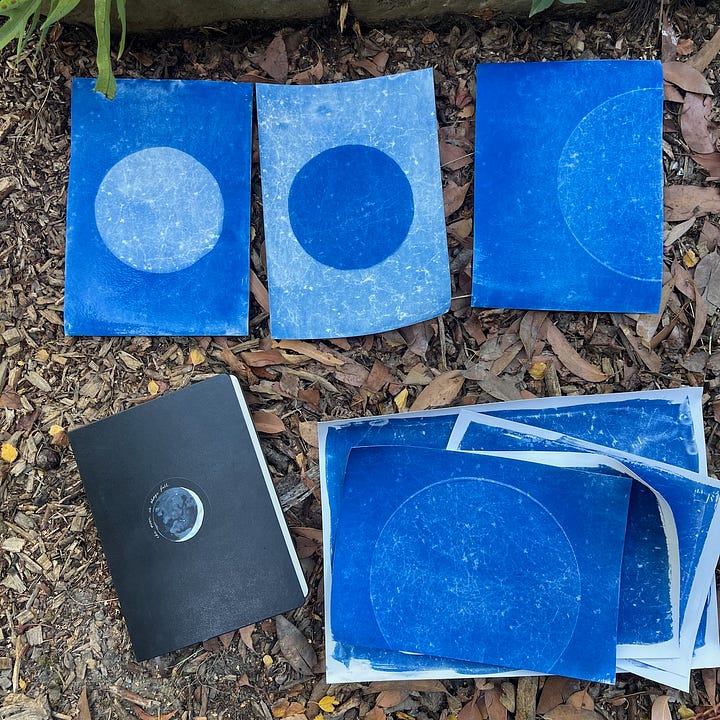
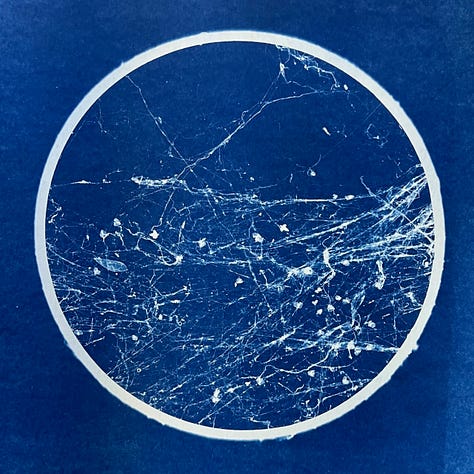
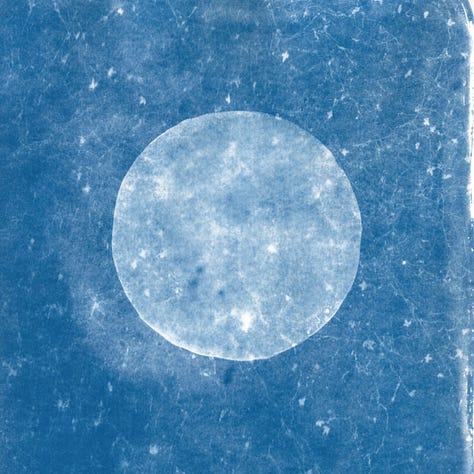
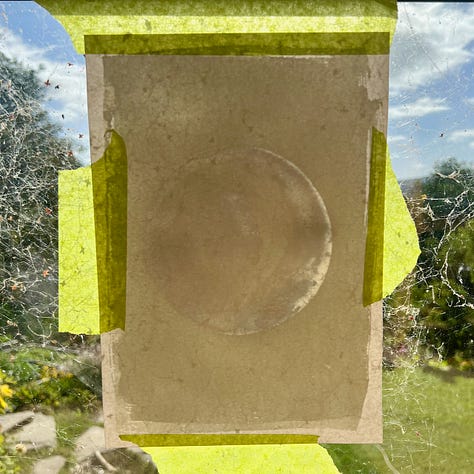
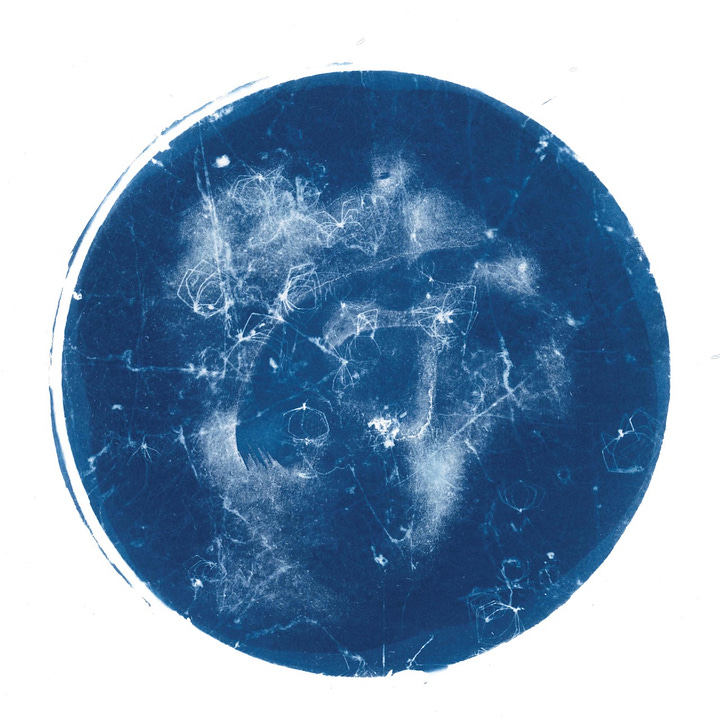
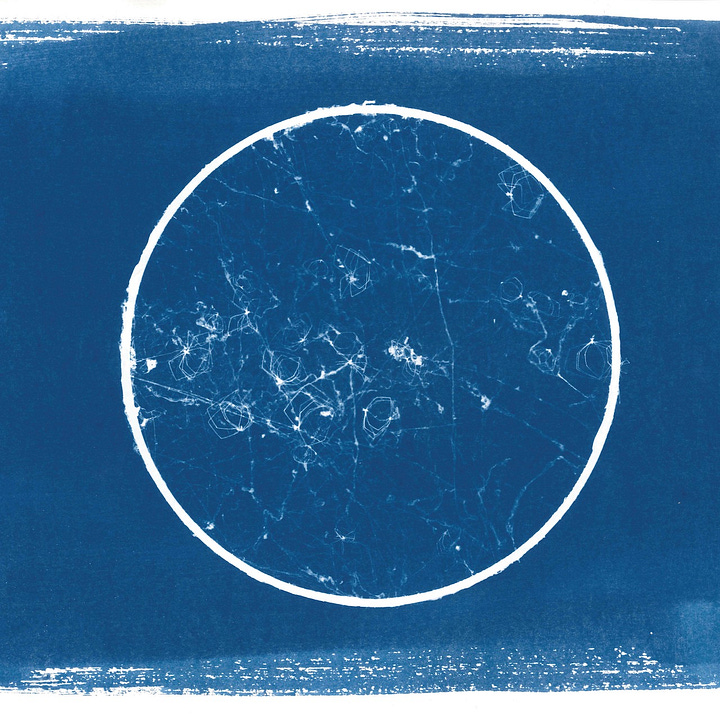
As this month was nearing, I was expecting to be working with… perhaps the many beans I’ve been drying, or the last of the tomatoes I’m harvesting, this late-autumn moon.
But no. The cobwebs called, and I am happy that I heard them.
You can thank me for not drawing large and longwinded metaphors between spiderwebs and wound healing (individual, collective and beyond) later, if you like. It was an effort, on my part - but I kept it mostly in my heart, or tried to.
But - please do keep in mind that the cobwebs can help heal us.
And if you were to have a small supply of clean web, for such, perhaps kept in a little tin, as I have done…
…well, then. Medicine comes in many forms.
We are held and cradled by so many other living beings, so beautifully. Rosehip and cobweb, to begin with.
And that is good to remember.
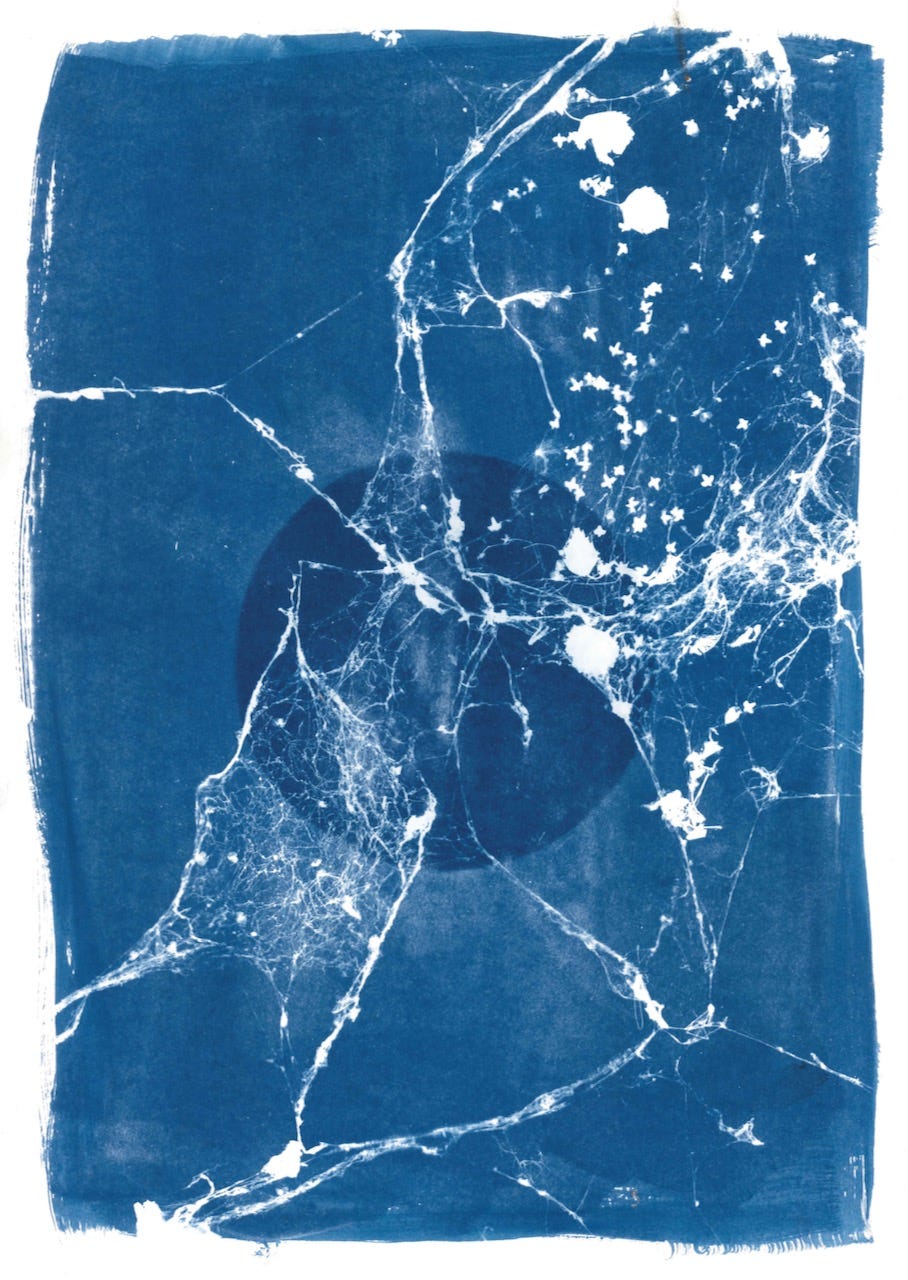
Spider webs - different types
Theridiidae family of spiders


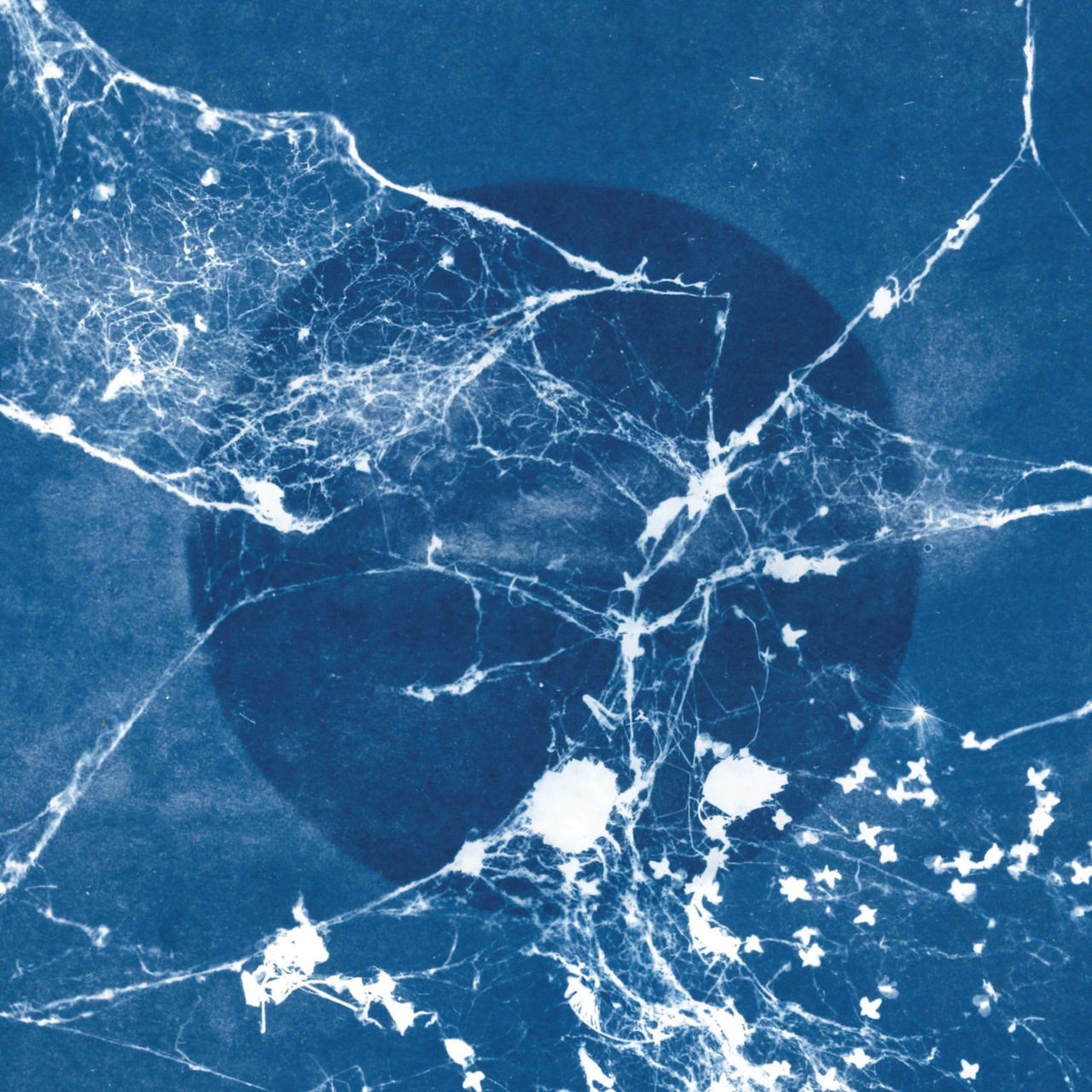
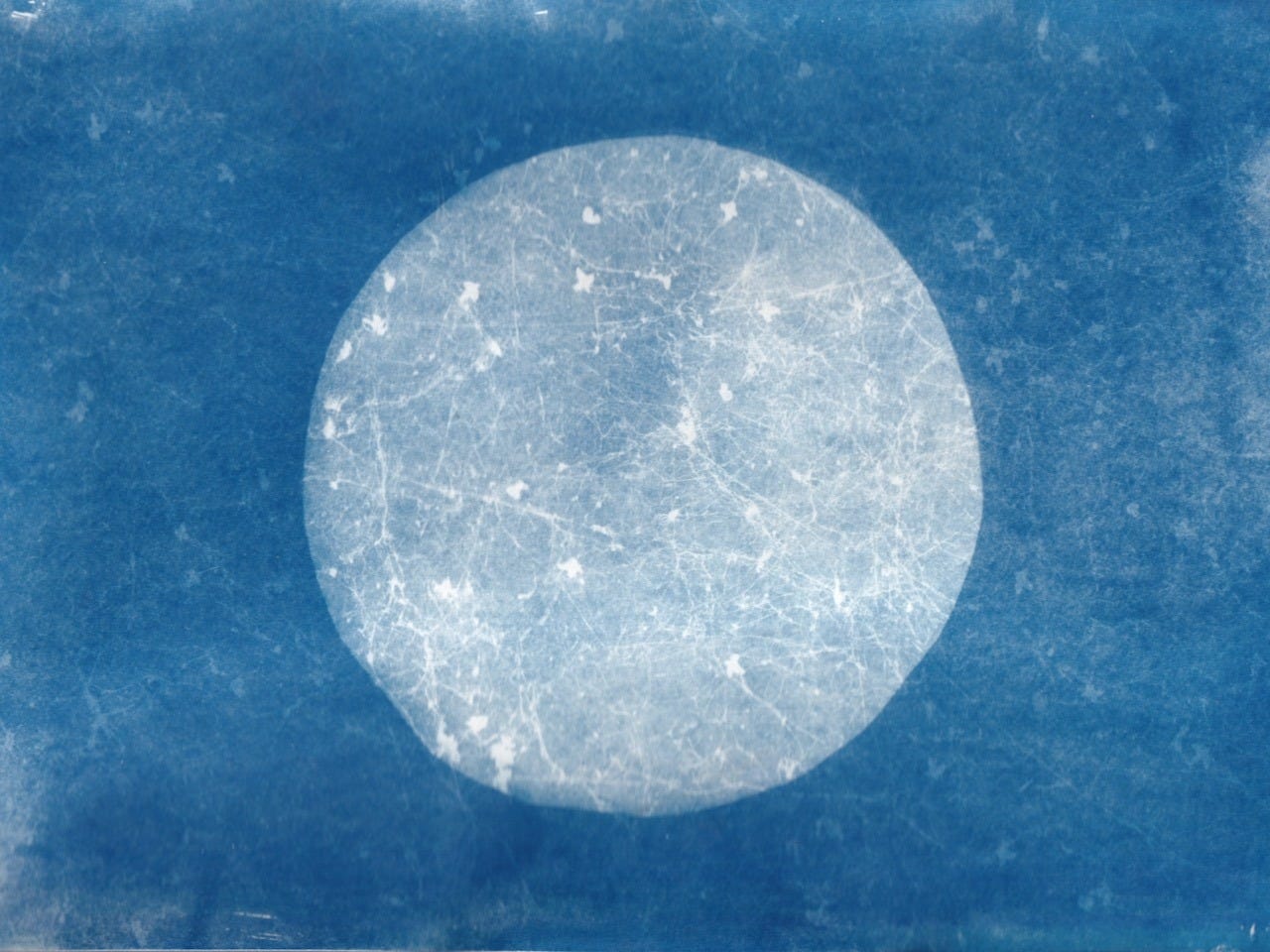
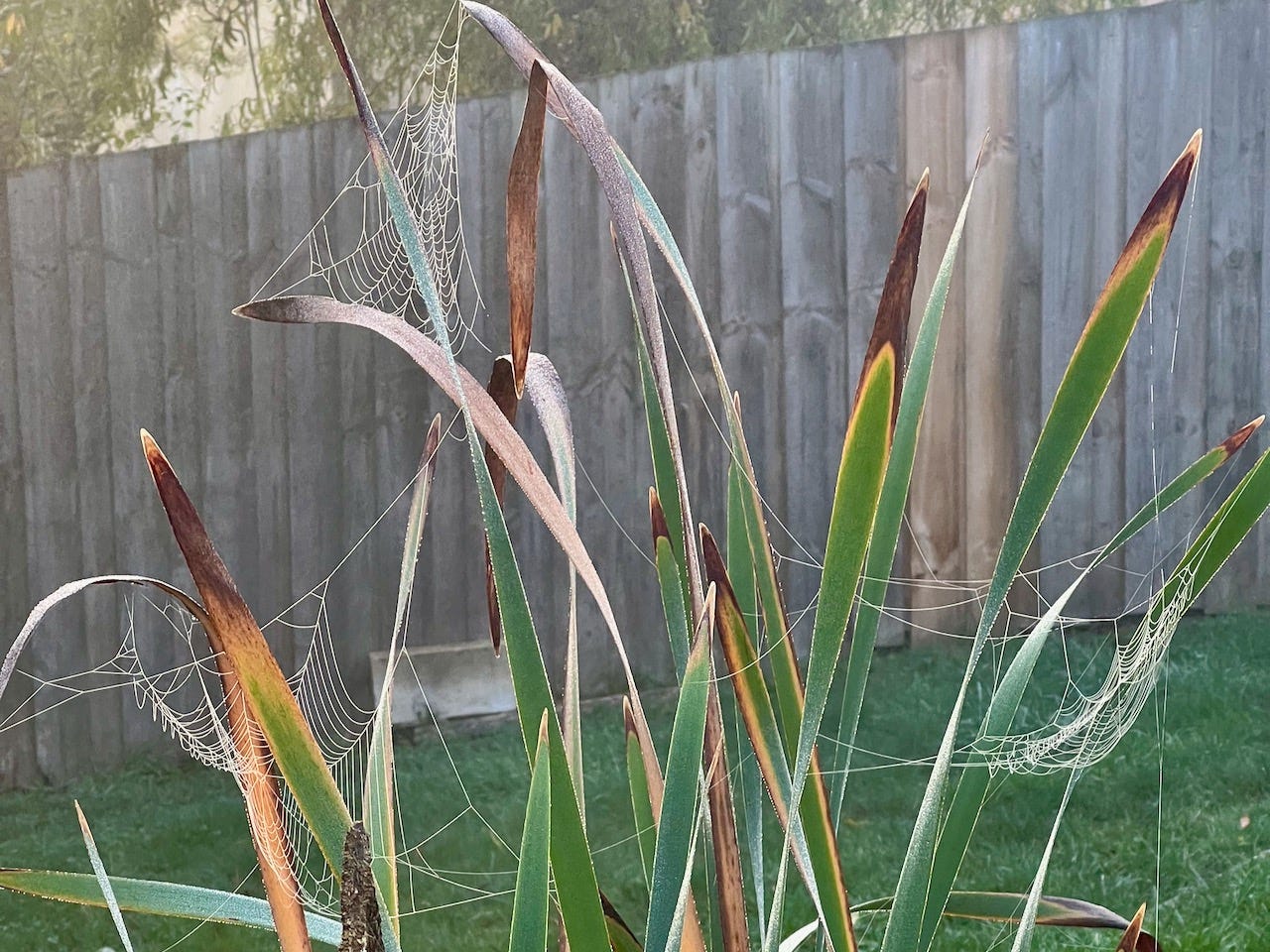
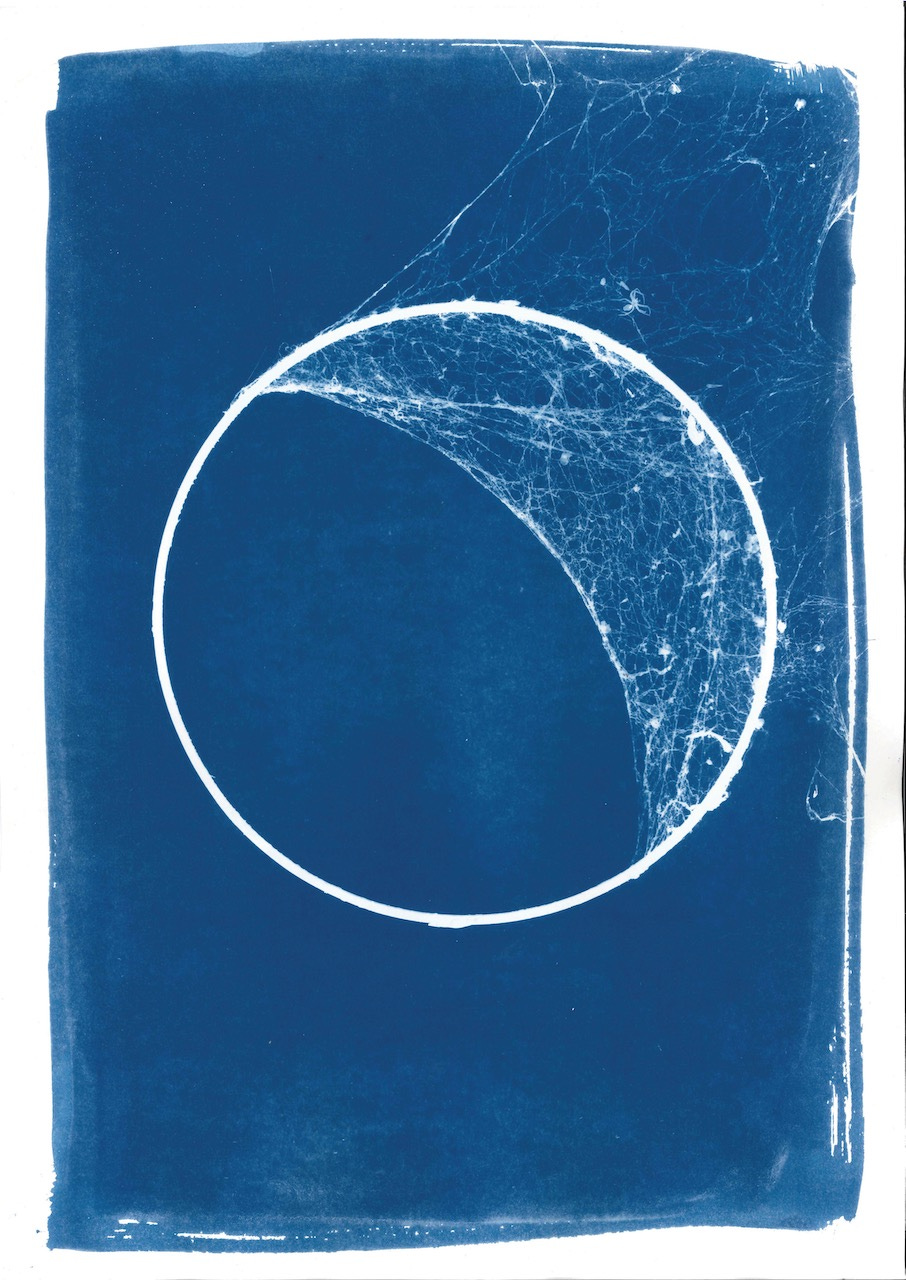

Love this, thank you Kirsten for enlivening the wonders of cobwebs and spiders for me. Renewed reverence !
Thank you! I always thought cobwebs were what you called spiders webs that you had failed to clean up around the house! Glad to be corrected makes me feel like less of a domestic goddess failure. Re the large # of spiders webs at your place, me too, I think it has to do with being close to a larger vibrant ecosystem, forest for you, grassy woodland for me. The numbers of spiders in the grassland is mind boggling, on a dewy morning the entire grass landscape is draped in webs, made visible by the dew. Your posts have a kind of magic, they invite me to slow down like no others do. Xo